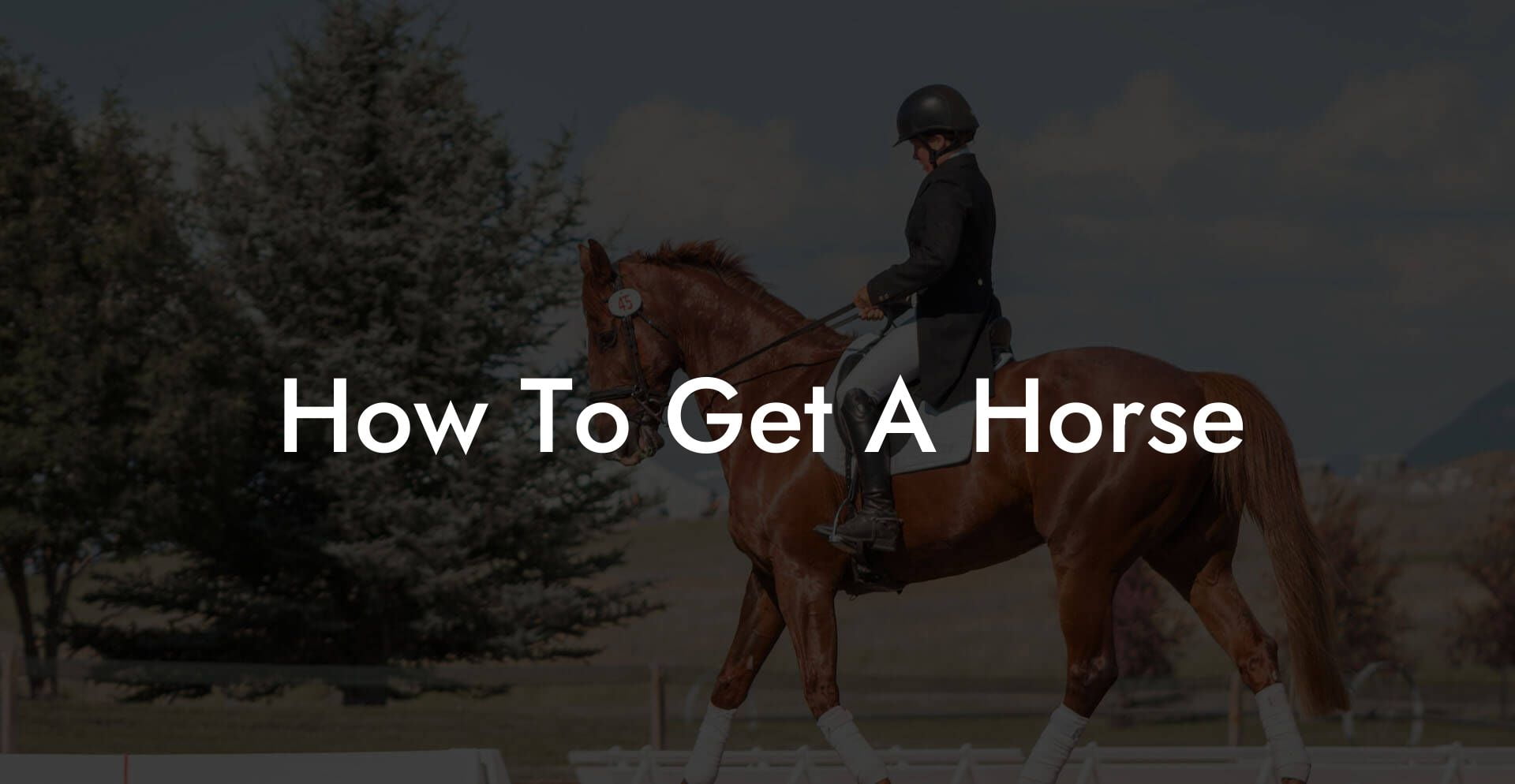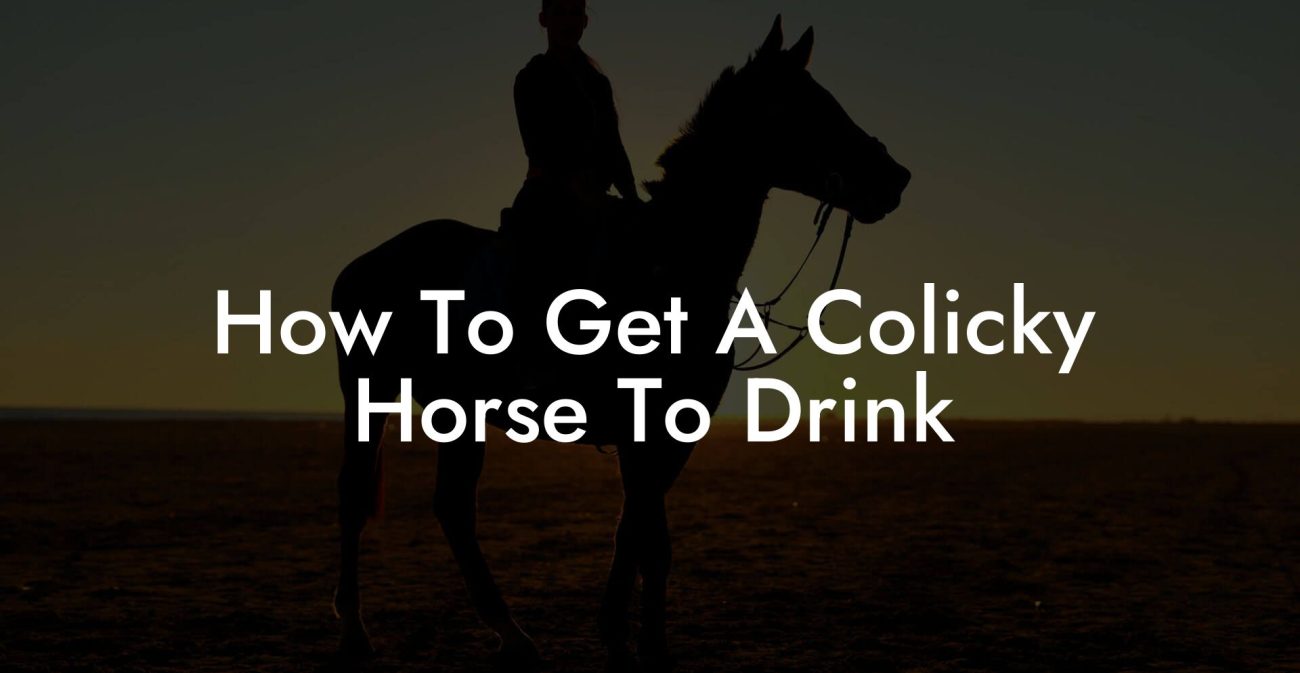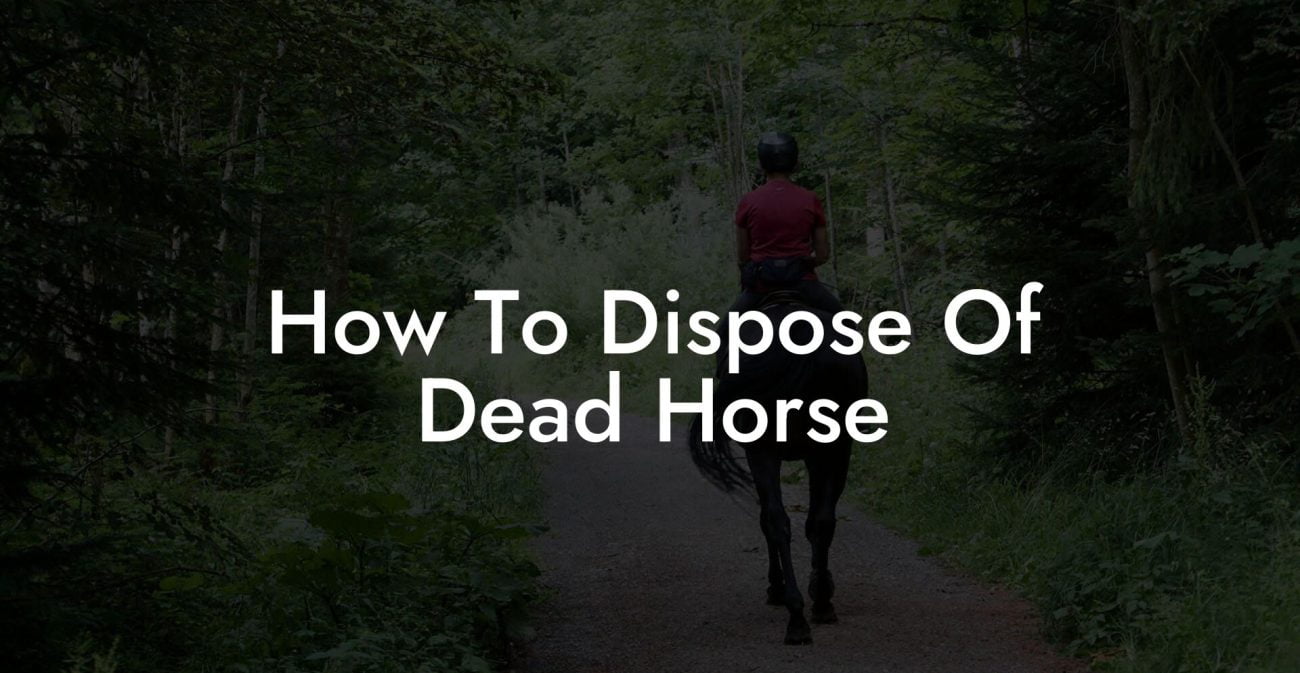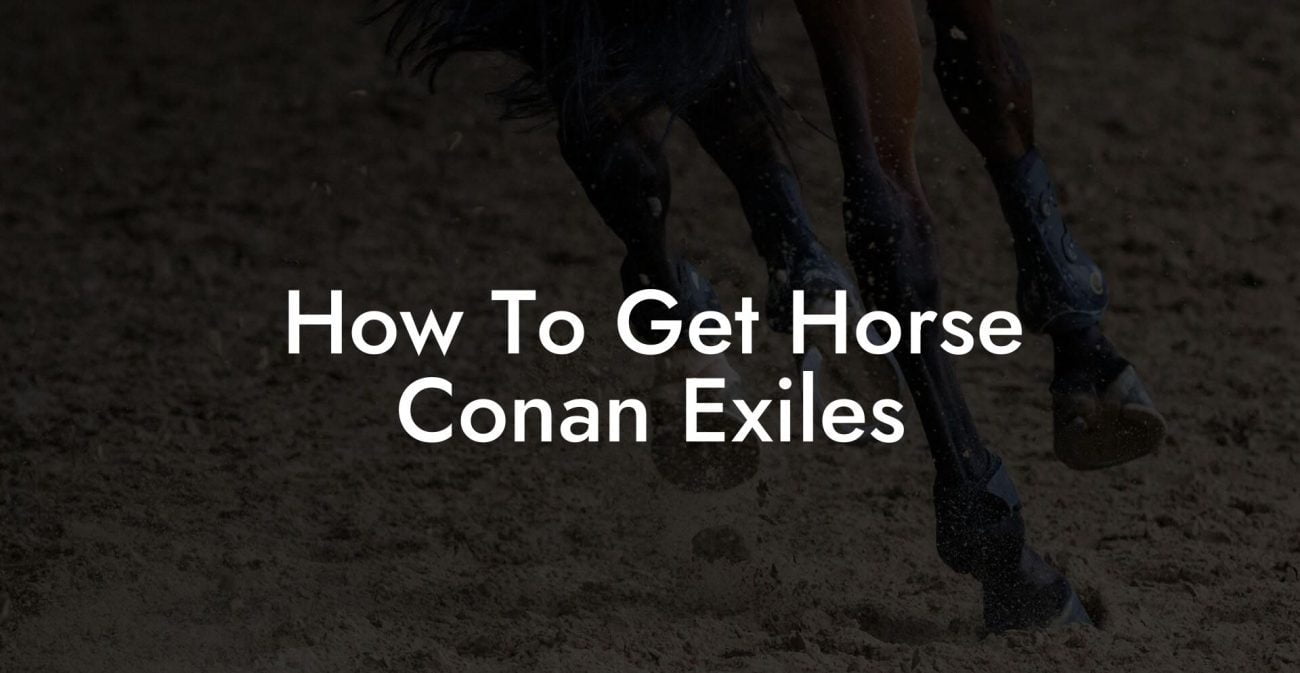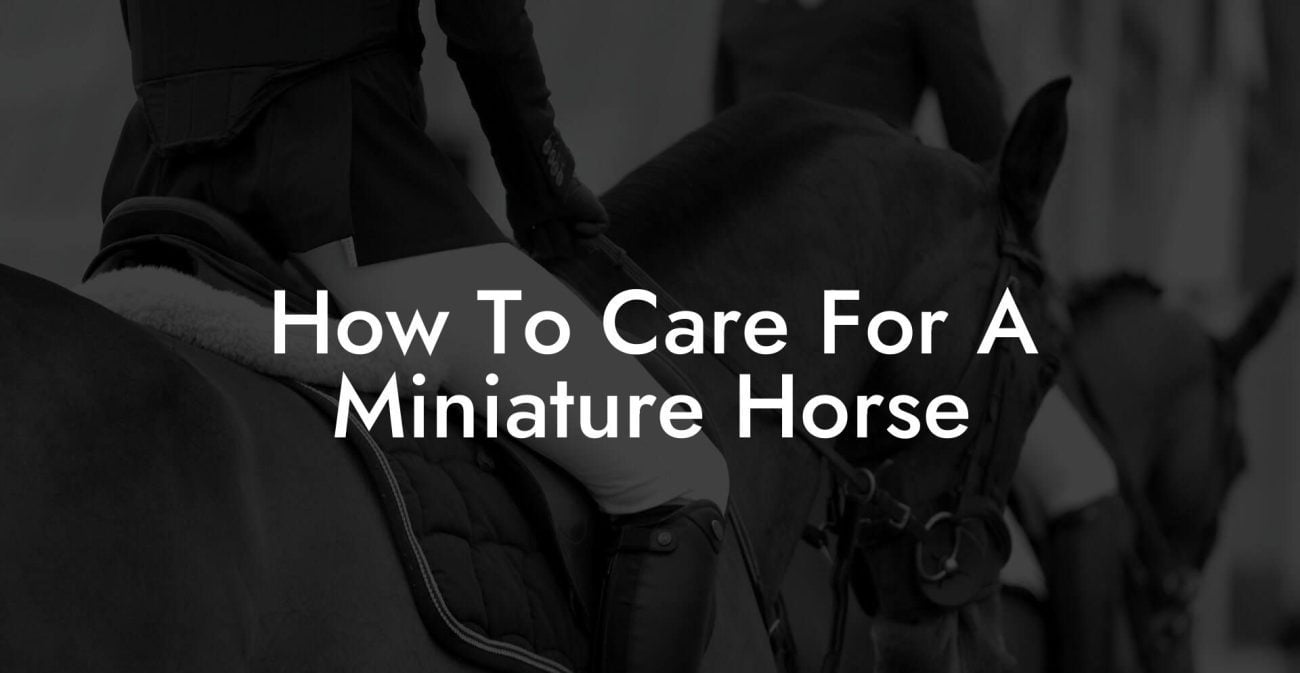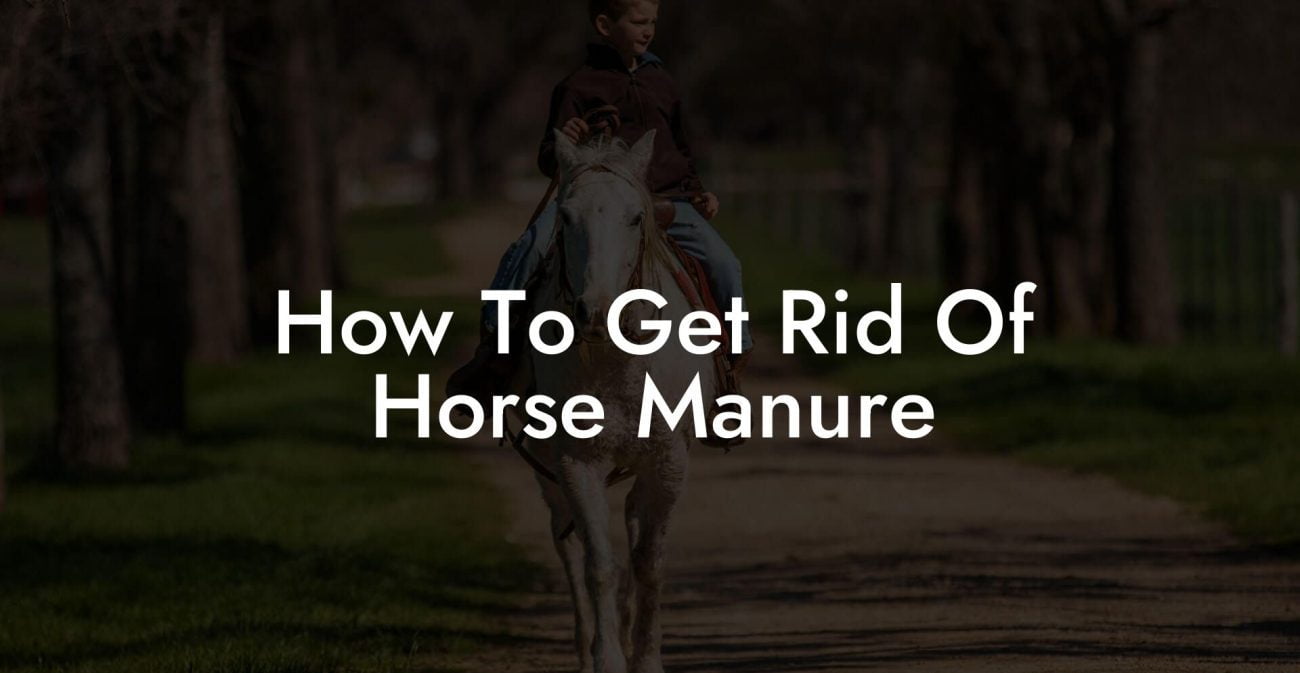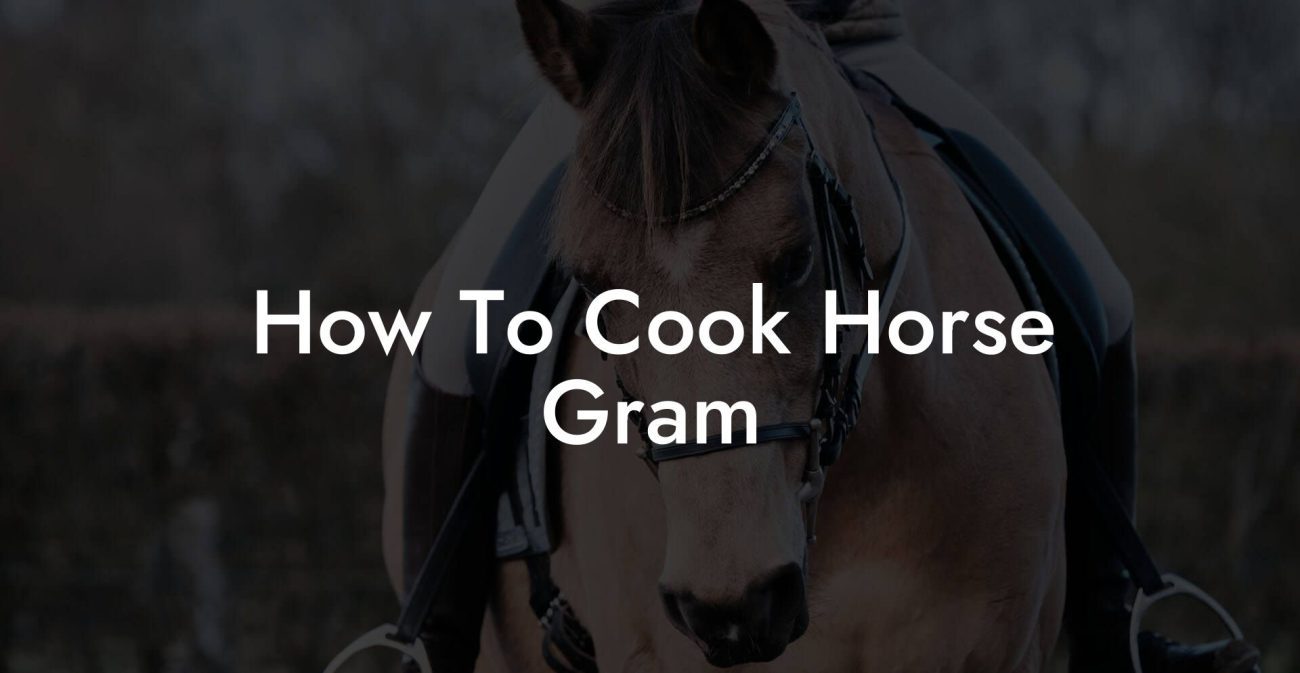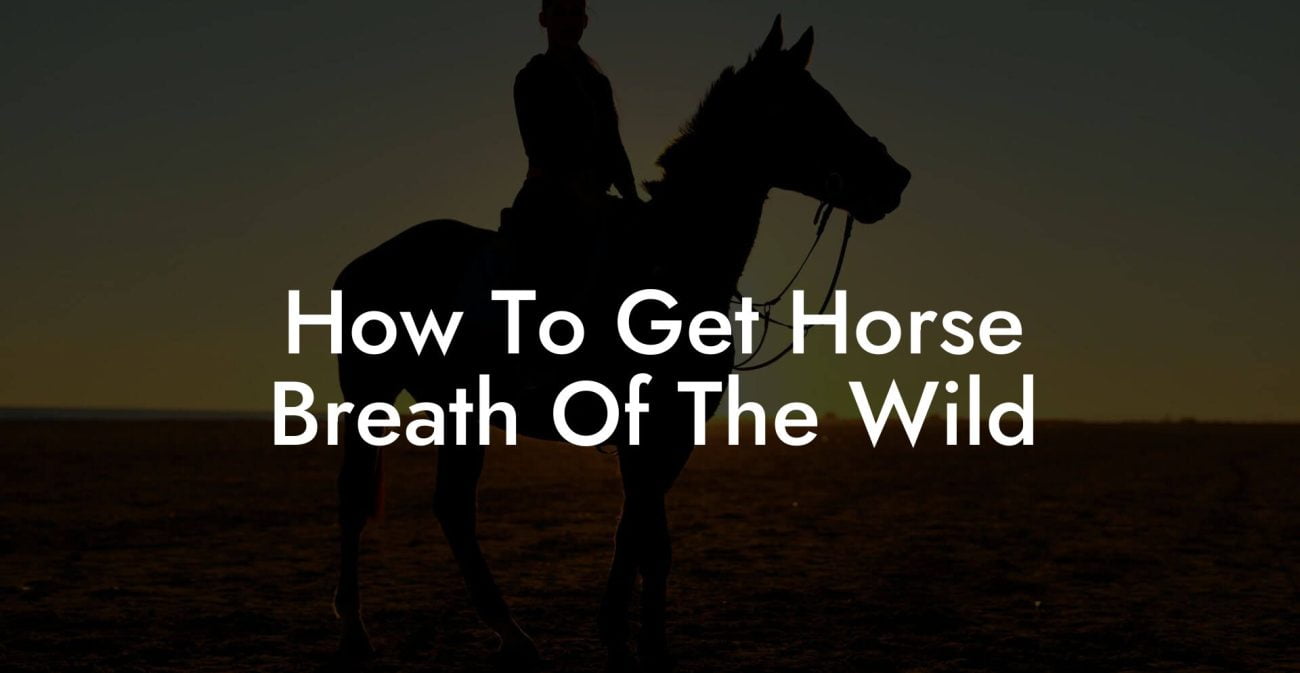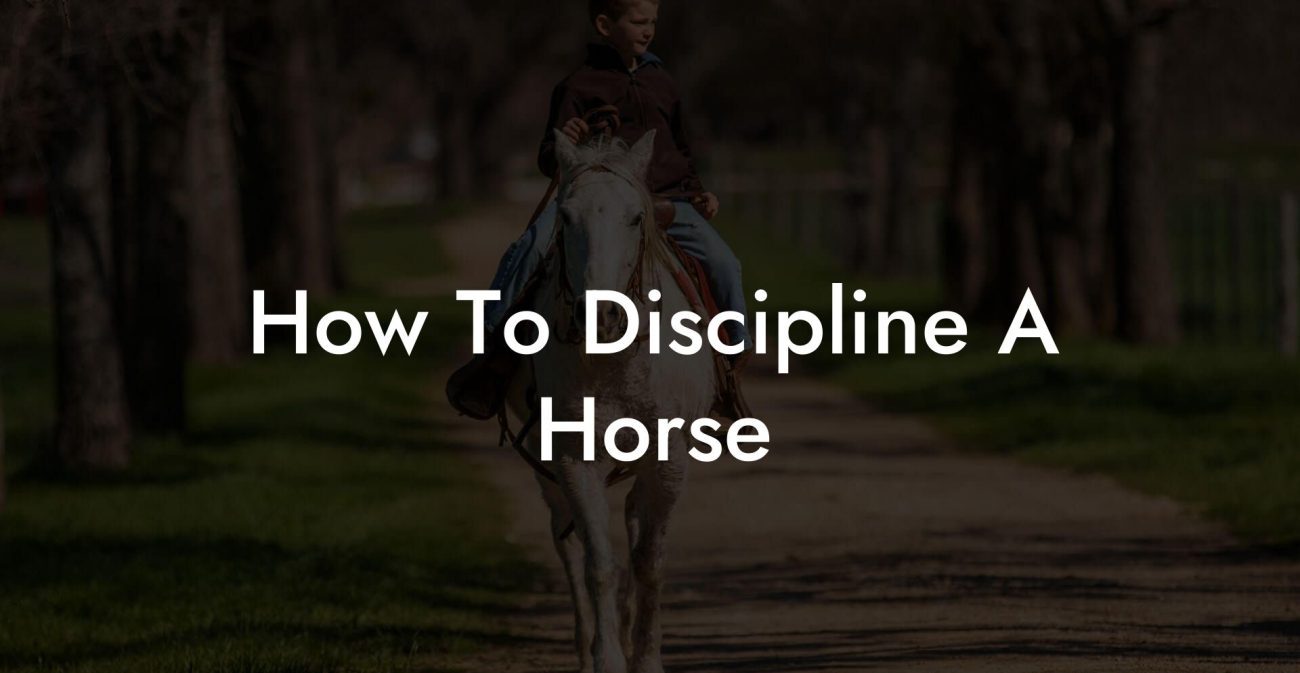riding into the sunset with your very own majestic steed isn’t just a childhood fantasy, it’s a tangible adventure waiting to happen. Whether you’ve been scrolling through Instagram reels of horse stables or daydreaming about that perfect neigh accompanying your morning drive, “How To Get A Horse” isn’t just about the purchase; it’s about embarking on a journey filled with discovery, responsibility, and an unbreakable bond. Buckle up and gallop into this comprehensive guide that takes you from the first spark of admiration right through to the day you’re hand-in-hand (or hand-on-bridle) with your four-legged companion.
Quick Links to Useful Sections
- Discovering Your Equine Passion: Why a Horse?
- Assessing Readiness: Are You Equipped for Equine Parenthood?
- Choosing Your Perfect Equine Companion
- Breed & Purpose
- Temperament and Experience
- Health and History
- Where to Find Your Horse: Navigating the Marketplace
- Breeders and Stables
- Horse Rescues and Sanctuaries
- Online Marketplaces and Auctions
- Auctions and Fairs
- Evaluating Horse Behavior, Health, and Training
- Setting Up a Safe & Nurturing Environment
- Stable and Shelter Setup
- Pasture and Paddock Management
- Equipment, Feed, and Safety Essentials
- The Financial Commitment: Budgeting for Your Equine Lifestyle
- Purchase Price and Down Payment
- Boarding and Stable Fees
- Feeding, Healthcare, and Emergency Funds
- Equipment, Training, and Insurance
- Transportation, Paperwork, & Legal Considerations
- Transporting Your Horse Safely
- Paperwork, Permits, and Registration
- Building the Bond: Training and Relationship Development
- Groundwork and Basic Training
- Riding and Advanced Training
- Socialization and Community Events
- Common Pitfalls and How to Dodge Them
- Resources and Community Support: Your Next Steps
- Embracing the Journey: Living the Equestrian Dream
- FAQs: Your Burning Questions About Getting a Horse Answered
- Your Journey to Equine Freedom and Fulfillment
Discovering Your Equine Passion: Why a Horse?
The allure of horses spans centuries, from wild plains to modern-day show rings, these gentle giants symbolize freedom, power, and grace. But before you start crafting your “Dream Horse” Pinterest board, it's essential to ask yourself: why do you want a horse? Is it for recreational trail rides, competitive equestrian events, or simply the joy of caring for an animal steeped in history and personality? Understanding your motivation is the first step in ensuring your journey is as rewarding as it is thrilling.
If you're a Gen-Z or millennial enchanted by the idea of blending past passions with modern, sustainable living, then aligning your equine dreams with your lifestyle is crucial. Horses demand commitment, emotionally, physically, and financially, and they’re not your typical “download and go” pet. They come with a world of care, training, and a dash of unpredictability that only deepens the bond between human and horse.
In this guide, we’ll address everything from choosing the right breed and managing stable logistics to budgeting and making informed choices. So, saddle up, because getting a horse is an epic journey where preparation meets passion!
Assessing Readiness: Are You Equipped for Equine Parenthood?
Before you dive headfirst into the world of hoofbeats and hay, a reality check is in order. Owning a horse is a lifestyle choice as much as it is an investment in time, money, and energy. For many millennials and Gen-Zers, the dream of horse ownership might be sparked by social media and romanticized portrayals in movies, but the reality is a blend of joy and challenge.
Ask yourself these key questions:
- Time Commitments: Do you have the spare time for daily exercise routines, grooming sessions, and regular training?
- Financial Readiness: Horses are not cheap! Consider the costs of boarding, feed, veterinary care, insurance, and equipment.
- Living Situation: Do you live near rural areas, or can you access facilities that cater to horses? Urban living can pose logistical hurdles.
- Long-Term Vision: Horses can live into their 30s. Are you ready to commit to decades of care and companionship?
If you find yourself answering “yes” to these, your readiness checklist is ticking in all the right boxes. Remember, being well-informed and prepared sets the stage for a harmonious relationship with your future equine partner.
Choosing Your Perfect Equine Companion
Picking a horse is like dating, but with more horse sense. It's not just about finding a pretty face in the paddock, you need to consider personality, temperament, purpose, and physical health. Here are the main factors to consider when selecting your equine partner:
Breed & Purpose
Different breeds come with unique traits and predispositions. Are you leaning towards a light horse like an Arabian for spirited trail rides, or perhaps a Quarter Horse known for its versatility and calm demeanor? Consider the following:
- Working vs. Show Horses: Some horses excel in dressage, jumping, or racing, while others may be better suited to leisurely trail riding or therapeutic riding programs.
- Size and Build: Your horse’s build matters for both your safety and the type of riding you plan to do. Lighter, agile horses might be perfect for fast-paced rides, while sturdier breeds are ideal for pulling and working on farms.
A little background research on breeds and speaking with experienced equestrians can save you a lot of heartache later. Remember, the right horse for you is a blend of aesthetics, functionality, and connection.
Temperament and Experience
Horses are as varied in personality as people. Some are calm and collected, perfect for a novice owner, while others pack a bit more pep and require a handler with steady nerves. Spend time observing potential horses in action, how do they respond to new people, noise, or sudden movements? A horse that’s quick to trust and eager to please might be a great match if it aligns with your riding style and skill level.
If you’re new to the world of horse ownership, consider opting for a "gentle giant" whose demeanor can grow alongside your own experience and confidence. Matching your horse’s temperament with your training capability will pave the way for a smooth and fulfilling partnership.
Health and History
A crucial step in choosing your horse is ensuring it’s in good health. Request veterinary records, any immunization histories, and information about any previous injuries or behavioral issues. Health screenings, like X-rays and dental check-ups, are integral to an informed purchase and help mitigate unexpected medical expenses later on.
Don’t be shy about asking the seller detailed questions related to the horse’s history. A reputable seller will appreciate your diligence and share all relevant details so you can start your equine adventure on solid footing.
Where to Find Your Horse: Navigating the Marketplace
Today’s digital age has transformed horse buying into an accessible, yet intricate, process. There are several avenues to explore, each with its own charm and quirks:
Breeders and Stables
Finding a horse through a reputable breeder or established stable offers the advantage of transparency. Breeders are often deeply passionate about their bloodlines and can provide extensive information about the horse’s lineage, training, and temperament. For those interested in specific breeds, a good breeder can be an invaluable resource.
When dealing with breeders, ensure that you visit the facilities, meet the existing horses, and gauge the overall environment. A well-maintained stable is a window into how your future horse will be cared for.
Horse Rescues and Sanctuaries
For the socially-conscious equestrian, adopting a horse from a rescue or sanctuary can be both a heartwarming and meaningful option. Rescues often have detailed evaluations of each horse’s temperament, behavior, and any past traumas, and the additional benefit of giving a deserving animal a second chance.
While rescue horses might require extra patience and training in the beginning, their resilience and gratitude can transform them into loyal companions.
Online Marketplaces and Auctions
The internet has opened up vast opportunities to compare offerings from multiple sellers nationwide. Websites dedicated to equine sales allow you to search by breed, age, training level, and location. However, digital platforms can sometimes mask the true nature of a horse. Always arrange an in-person visit before finalizing any purchase, and don’t hesitate to request a pre-purchase veterinary exam.
Social media groups and forums are another excellent resource where you can find recommendations, reviews, and sometimes even direct listings from horse enthusiasts.
Auctions and Fairs
Horse auctions and equestrian fairs provide an energetic atmosphere to meet multiple horses in one place. These events can be inquisitive playgrounds for potential buyers, with opportunities to engage in quick chats with sellers and observe horses in a variety of settings. Yet, speed and excitement shouldn’t cloud your judgment, always prioritize careful inspection and professional advice over impulse.
No matter the channel you choose, research is your best friend. Combining modern digital tools with old-school legwork leads to the outcome that’s right for you and your future four-legged friend.
Evaluating Horse Behavior, Health, and Training
There's no substitute for firsthand interaction when it comes to assessing a horse's character and fitness. Even if the ads and veterinary records look impeccable, nothing compares to spending time with the animal.
When you visit, consider the following steps:
- Observe in Different Settings: A horse might appear relaxed in its pasture but could be nervous around new people. Try to see it in various environments if possible.
- Test Basic Behaviors: Walk around the horse, offer a gentle touch, and see how it reacts to your voice. Take note of its responsiveness and calmness.
- Short Test Rides: If you’re experienced, a test ride can reveal a lot about the horse’s training level and responsiveness under saddle.
- Consult a Professional: Bringing along a trusted equestrian expert or trainer can help you spot red flags that might escape an untrained eye.
Beyond these observations, a pre-purchase exam by a veterinarian specializing in equine care is non-negotiable. This exam may include checking for signs of lameness, respiratory issues, dental health, and overall physical condition. It’s an investment in both your peace of mind and the future well-being of your new companion.
Moreover, ask about the horse’s past training experiences. Has it been broken in? Does it know basic commands? These details are crucial for understanding the scope of training required once you bring your horse home.
Setting Up a Safe & Nurturing Environment
Once you’ve chosen your horse, the next challenge is to create a home that’s safe, secure, and brimming with love. Whether you have your own acreage or are boarding at a reputable facility, the space must be designed with the horse’s physical and emotional needs in mind.
For those new to the equestrian world, here are the key areas to focus on:
Stable and Shelter Setup
A stable isn’t just a barn; it’s your horse’s sanctuary. It should have proper ventilation, ample natural light, and non-slip flooring to minimize injuries. Ensure that the stable is cleaned regularly, with fresh bedding provided daily. When designing your stable layout, take into account accessibility, safety measures (like fire exits and emergency protocols), and regular maintenance schedules.
Pasture and Paddock Management
If you offer your horse a pasture, it’s essential that the grazing area is securely fenced and free from hazardous plants. Regularly rotate pasture areas to prevent overgrazing and encourage healthy land practices. For paddocks, ensure that there are designated areas for resting, feeding, and exercise.
Additionally, consider installing shade structures and water stations to keep your horse hydrated and comfortable during the warmer months.
Equipment, Feed, and Safety Essentials
The right gear can make a world of difference in your horse’s daily care. Stock your stable with quality feed, grooming tools, first-aid kits, and appropriate riding gear. When it comes to equipment such as saddles, bridles, and blankets, invest in the best quality you can afford, they are crucial for both safety and the comfort of both horse and rider.
Regular maintenance of equipment is key. A well-groomed and properly cared for horse is far less likely to develop behavior issues or health problems linked to environmental stress.
The Financial Commitment: Budgeting for Your Equine Lifestyle
Getting a horse isn’t like ordering a pizza, it’s a long-term financial commitment that requires careful planning and budgeting. From the initial purchase to the daily costs of upkeep, being economically prepared can make the difference between a fulfilling experience and a stressful one.
Here’s a breakdown of the major expenses to consider:
Purchase Price and Down Payment
The cost of acquiring a horse varies widely based on factors like breed, age, training, and location. While some horses can be acquired for a few thousand dollars, others, especially those with competition histories or superior lineage, can command significantly higher prices. Factor in the down payment if you’re financing the purchase.
Boarding and Stable Fees
Whether you have your own property or you board your horse at a stable, expect monthly fees to cover lodging, feeding, and basic care. Costs can fluctuate based on amenities, geographic location, and the level of service.
Feeding, Healthcare, and Emergency Funds
Horses require high-quality feed, supplements, and regular veterinary check-ups. Don’t forget about routine dental care, vaccinations, and farrier services for maintaining healthy hooves. It’s also wise to set aside funds for emergencies or unexpected expenditures.
Equipment, Training, and Insurance
From riding gear to saddles and tack, the initial outlay for equipment can be significant. Furthermore, if you plan to train or ride competitively, budgeting for professional training sessions or additional classes is essential. Finally, consider the benefits of equine insurance to help mitigate risks associated with health issues or accidents.
In essence, a realistic budget not only ensures that you can provide a quality life for your horse but also safeguards your peace of mind for years to come.
Transportation, Paperwork, & Legal Considerations
The road to horse ownership also involves logistical and legal challenges that should not be overlooked. Once you’ve decided on your horse, planning its safe transport to your new home is a critical detail.
Transporting Your Horse Safely
Whether you’re renting a trailer or hiring a professional transport service, safety is paramount. Make sure the transport vessel is well-ventilated, spacious, and equipped with non-slip flooring. If you opt for a self-drive option, brush up on safe loading and unloading techniques.
During transport, monitor your horse for signs of stress or discomfort. A calm, well-cushioned journey sets a positive tone for the life ahead.
Paperwork, Permits, and Registration
Acquiring a horse involves a fair bit of paperwork, purchase contracts, health records, and sometimes registration with breed associations or competition bodies. Double-check that all documents are in order before finalizing the deal. This not only protects your investment but also ensures you are legally compliant with local and state regulations.
In some regions, owning livestock requires permits or adherence to zoning regulations, so do your homework to avoid any unexpected legal hurdles.
Building the Bond: Training and Relationship Development
The moment the paperwork is signed and your horse is safely home, the real fun begins, the process of building a lasting, trusting relationship. Every scratch, every shared moment, and every lesson is a building block in the foundation of your equine friendship.
Here are some strategies to foster that essential bond:
Groundwork and Basic Training
Think of grounding exercises as icebreakers for you and your new pal. Basic groundwork teaches your horse to respect personal space, respond to cues, and become comfortable around you. Start with simple tasks like leading, yielding to pressure, and basic desensitization exercises.
Consistency and patience are key here; never rush the process, and always follow up with lots of positive reinforcement.
Riding and Advanced Training
Once basic training is established, you can move on to riding and more advanced exercises. Whether you're aiming for trail rides, dressage, or jumping, every session is an opportunity to build trust through clear communication and mutual respect. For beginners, it might be wise to engage a professional trainer to guide these initial steps.
Remember, building a relationship with your horse is a marathon, not a sprint. Celebrate small successes and learn from the occasional setbacks.
Socialization and Community Events
Horses are naturally social creatures. Introducing your horse to others in a controlled, friendly setting, such as group trail rides, local equestrian events, or even community barn gatherings, can boost its confidence and improve its social skills. These interactions are equally beneficial for you. Engaging with an active equestrian community not only expands your network but offers vital support and ongoing learning opportunities.
Whether it's sharing tips, riding techniques, or simply swapping heartwarming stories, socialization is the secret sauce to a flourishing equine relationship.
Common Pitfalls and How to Dodge Them
Even the most seasoned equestrians sometimes stumble into common pitfalls. Recognizing these potential challenges ahead of time can help you make informed decisions and sidestep future headaches.
Here’s what to watch out for:
- Impulse Buying: Avoid making snap decisions solely based on emotional appeal. Always perform due diligence, including health checks and background research.
- Underestimating Time & Financial Costs: A horse is not just a pet, it’s a lifestyle and a long-term investment. Budget not only for the purchase but also for recurring expenses like stable fees, feed, and vet visits.
- Neglecting Professional Guidance: When in doubt, consult experts. Whether it’s a trainer’s advice or a veterinarian’s insights, professional guidance can help you avoid costly mistakes.
- Improper Socialization & Training: An unsocialized or poorly trained horse can become a liability. Invest in proper training from the outset and expose your horse to diverse experiences gradually.
- Ignoring Safety Protocols: From transport to stable management, safety should always be a top priority. Neglecting this can lead to accidents or injuries for both you and your horse.
Being proactive, staying patient, and continuously educating yourself are the stepping stones to an enjoyable and secure equine journey.
Resources and Community Support: Your Next Steps
Embarking on a horse-owning adventure can feel overwhelming, but the equestrian community is known for being incredibly supportive and resourceful. Whether you’re an aspiring rider or a first-time owner, tapping into online forums, local clubs, and social media networks can provide you with invaluable advice.
Consider joining:
- Local Equestrian Clubs: These clubs often organize clinics, social rides, and workshops tailored to horse care and riding skills.
- Online Communities: From Facebook groups to dedicated equine forums, these platforms are buzzing with shared experiences, tips, and resources from seasoned horse enthusiasts.
- Equine Blogs and Podcasts: Stay updated with the latest in horse care, training methods, and industry trends by following thought leaders and experts online.
- Veterinary and Training Seminars: Many organizations host free or low-cost seminars covering health, safety, and training tips. It's a great opportunity to upskill and network.
Additionally, numerous websites offer comprehensive directories of horse training facilities, veterinary services, and boarding options in your area. By integrating these resources into your planning, you’ll foster a robust support system that eases the transition into equitable ownership.
Embracing the Journey: Living the Equestrian Dream
Owning a horse is an adventure that transcends the ordinary, a journey marked by sunset rides, muddy trails, triumphs, and occasional mishaps. While challenges will arise, the rewards of forming a deep, trusting bond with your horse are immeasurable. Here, you’re not just acquiring an animal; you’re adopting a lifestyle steeped in tradition, connection, and the ever-present opportunity for growth.
With every new step, you’re learning the art of patience, responsibility, and the pure joy of sharing life with a partner that communicates without words. The freedom found in the open fields and the quiet moments spent grooming your horse create an experience that’s both profoundly personal and universally enriching.
Whether you’re a seasoned rider or venturing into the equestrian world for the first time, this guide serves as your blueprint to ensure that every aspect, from financial planning to emotional readiness, is fully considered. The excitement is in the unexpected discoveries, the strength forged in human-equine communication, and the lifelong lessons learned from living closer to nature.
FAQs: Your Burning Questions About Getting a Horse Answered
Here are some frequently asked questions to help clarify common concerns and provide extra insights into the process of buying and caring for your horse.
1. What are the first steps I should take before buying a horse?
Begin by assessing your lifestyle, financial readiness, and available time. Research different breeds, visit stables, and talk to experienced horse owners to understand the commitment involved.
2. How do I choose the right breed or type of horse for my needs?
Consider your riding goals, whether for leisure, competition, or therapy. Research breed characteristics, temperament, and consult with breeders or trainers to find a horse that aligns with your experience and lifestyle.
3. Where can I reliably find a horse for sale or adoption?
Look into reputable breeders, horse rescues, online equine marketplaces, and local equestrian events. Always arrange in-person visits and consider a pre-purchase veterinary exam for peace of mind.
4. What are the major ongoing costs associated with horse ownership?
Expect recurring costs such as boarding, feed, vet care, farrier services, equipment, training, and insurance. Developing a detailed budget ahead of time is crucial.
5. Can I transport my horse on my own, or should I hire professionals?
If you’re inexperienced, hiring professionals is often safer. If you decide to transport your horse yourself, ensure you have a proper trailer, understand loading techniques, and follow all safety regulations.
6. How important is professional training once I have a horse?
Very important. Even if your horse comes with some training, professional guidance can help improve its behavior, enhance its performance, and deepen the bond you share.
7. What should I do if my horse seems nervous or has behavior issues?
Patience and gradual training are key. Consult a professional trainer or equine behaviorist to evaluate your horse’s needs and develop a plan for addressing anxiety or other behavior challenges.
8. Are there any legal or paperwork hurdles I should be aware of?
Yes, ensure that all purchase documents, health records, and registrations are in order. Check with local authorities regarding permits and zoning regulations if you plan to keep the horse on your property.
9. How do I handle the emotional transition of bringing a new horse into my life?
Building trust takes time. Create a calm, consistent environment, invest in groundwork training, and gradually introduce more complex activities to foster a strong bond.
10. Where can I find ongoing support and resources for horse care?
Leverage local equestrian clubs, online communities, equine blogs, and veterinarian networks. These resources provide continuous advice and updates on best practices in horse care.
Your Journey to Equine Freedom and Fulfillment
The adventure of getting a horse is as transformative as it is exhilarating. It’s a journey that challenges you to grow, adapt, and embrace a life deeply connected to nature and history. Every step, from those nerve-wracking initial visits to the quiet moments of bonding, builds a narrative of resilience, passion, and mutual trust.
You’re not just acquiring a horse; you’re stepping into a vibrant community that values tradition, innovation, and experiential learning. With every groomed mane, every trail ride at dawn, and every shared sunset, you’ll write a story of empowerment and fulfillment.
So, whether you’re navigating horse auctions, setting up your dream stable, or learning the subtle art of equine communication, remember that every challenge is an invitation to grow. Harness your inner adventurer, trust in the process, and prepare to be amazed by the depth of connection and joy that comes from living the equestrian dream.
Your journey to equine freedom is just beginning. Embrace the unknown, lean on the community, and let the rhythm of hooves guide you to a life rich in adventure, care, and lasting memories.

